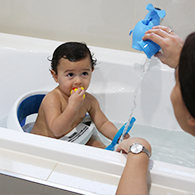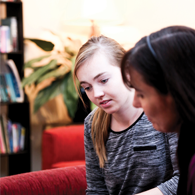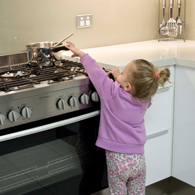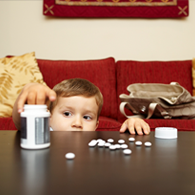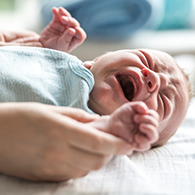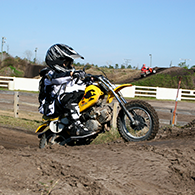Floaties and pool toys safety
The best way for children to get familiar with being in water or learn the basics of swimming skills is while you are in the water with them and holding them.
Floaties, swimming aids and pool toys come in different forms that children can wear, have attached to their bodies, sit in or use for entertainment. They include armbands or cuffs, attached or inflatable rings, seats, swimming vests, kickboards, inflatable balls, novelty shapes, noodles, dive rings, inflatable rafts and lilos. They might help your child’s sense of security and confidence while they are learning to swim but should be used with close adult supervision.
Don’t rely on floaties, swimming aids or pool toys to keep your child safe. Remember that children still need to be supervised carefully by an adult when they are using these, as they won’t prevent a child from drowning.
When pool toys are left around the pool they can attract the attention of children and draw children towards the pool.
If you buy or use floaties, swimming aids or pool toys, check: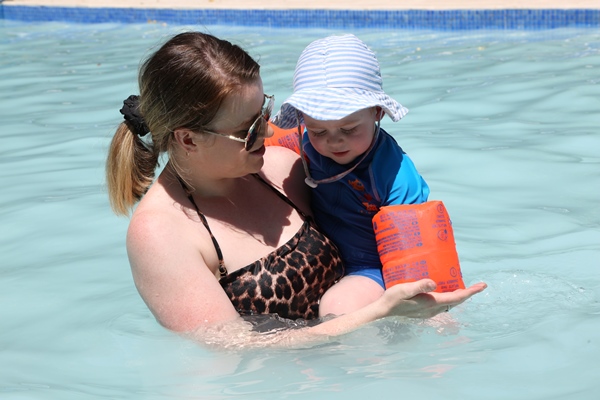
- that it fits your child properly and fastens securely
- the age and weight of child the product is recommended for
- the assembly instructions, instructions for use and warnings and follow them carefully
- the product doesn’t accidentally let your child slip out, fall forward or out
- for any broken, worn parts or leaks before using it. If it is old or second hand, it might not meet current Australian mandatory product standards
- for recalled products that have caused deaths or injuries or don’t meet standards. Do not use any recalled product
- children are always actively supervised within arm’s reach when in, on or around the water
- floaties and toys have been deflated after use (if suitable) and put away somewhere out of reach of young children (away from the pool area).
Read the Australian mandatory product standards for Swimming and Flotation Aids and Aquatic Toys available from Product Safety Australia.
Knowing how to do cardio-pulmonary resuscitation (CPR) is an important skill for everyone. CPR Training for Parents is a free online course to teach the steps involved in CPR for babies and children. Keep a CPR chart somewhere visible in your home.
References:
ACCC. Product safety laws: Swimming and floatation aids.
Available from: <https://www.productsafety.gov.au/standards/swimming-flotation-aids>
ACCC. Product safety laws: Aquatic toys.
Available from: https://www.productsafety.gov.au/standards/aquatic-toys
ACCC. Product safety laws: Swimming and floatation aids.
Available from: https://www.productsafety.gov.au/standards/baby-bath-aids
Royal Life Saving. Factsheet 9: Aquatic toys.
Available from: https://www.royallifesaving.com.au/__data/assets/pdf_file/0005/3965/RLS_...
https://www.productsafety.gov.au/standards/aquatic-toys
Kids Health Promotion Unit (2018). The NSW Study of Drowning and Near Drowning in Children (0-16 years): 2015-18.The Sydney Children’s Hospitals Network.
Available from: https://kidshealth.schn.health.nsw.gov.au/sites/default/files/kih5448_ns...

